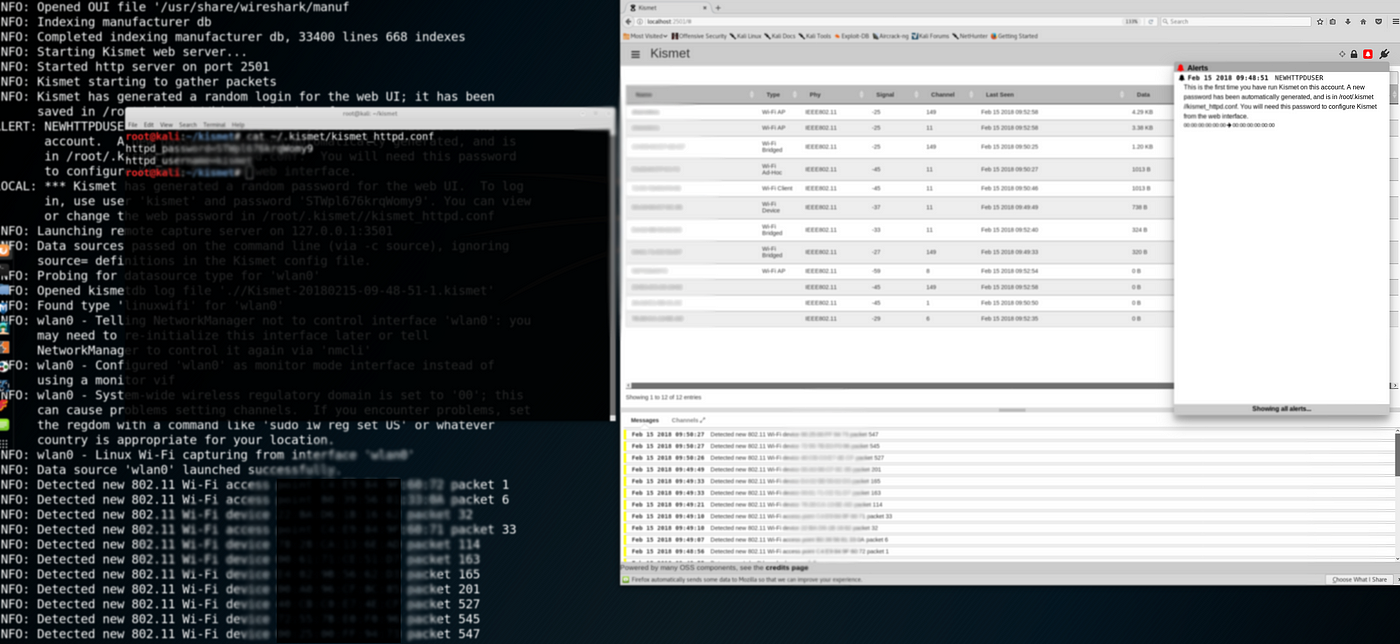

- Ralink rt3572 monitor mode Patch#
- Ralink rt3572 monitor mode android#
- Ralink rt3572 monitor mode mac#
The wide variety of handset manufacturers was limited.
Ralink rt3572 monitor mode Patch#
However, Android’s patch was advisory, and its implementation by
Ralink rt3572 monitor mode mac#
Would allow the OS to use MAC randomisation in probe requests, where a locally assigned and ever changing
Ralink rt3572 monitor mode android#
Software patches were rolled out in Android 6.0 and iOS 8 that Operating system (OS) developers released patches in an attempt to fix the issue of broadcasting these uniqueīurnt in addresses, to limit tracking. In 2015 due in part to the privacy concerns brought about by the mass surveillance revelations, mobile Potentially the names of their previously trusted networks (SSIDs) are exposed. As a result in public areas probe requests are periodically broadcast and device MAC addresses, and Owners don’t manually turn off their devices Wi-Fi hardware when leaving the range of an authenticated Unique identifier emitted by every cell phone, computer, and other electronic devices”. Of this and have the “ability to map the movement of everyone in a city by monitoring their MAC address, a Snowdon in his 2014 interview with James Bamford (Wired Magazine), the security services are making use The day, this quirk of the protocol may have seemed somewhat benign. Burnt in MAC addresses were to be broadcast as plain textīy devices during active network discovery, in probe request frames, to establish internet connections viaīefore the mass adoption of smartphones and other networked devices which stay on our person throughout The 802.11 WLAN protocol was developed in 1997, it adopted the same packet routing logic as wired networksĪnd therefore utilised these hardware addresses. Introduction OverviewĪccording to research carried out by Cisco, by 2021 it is projected that there will be around 8.4 Billion Wi-FiĮnabled mobile devices and that “Wi-Fi traffic from both mobile devices and Wi-Fi-only devices will account forĮach of these devices will be manufactured with a unique networking identifier a media access controlĪddress (MAC address) which is stored in read only memory and cannot be altered (burnt in address). Within the dataset, around 85% of directed probe requests showed no form of MAC address randomisationĪnd when the SSIDs contained within these packets were cross-referenced with open source wireless networkĭatabases, the ability to determine the related devices prior whereabouts was extremely accurate. Over 200,000 relevant packets were passively collected across Birmingham over the course of this project. Of D3.js (Data Driven Documents), Crossfilter.js and DC.js. The interactive GUI and data representations within the portal were built in JavaScript, making use Lastly a web portal was produced to visualise the tracking concerns, which runs on Pythons Flask webįramework. The output datasets were scrubbedĪnd aggregated using the Pandas Python library and then passed to a local MongoDB collection. The packet capture script deployed on the sniffer has been writtenįor *nix systems and was executed in conjunction with Aircrack-ng tools. Data collection was achieved using a network sniffer built around a Raspberry Pi 3 and a To produce a suite to analyse the current state of this problem a dataset of network discovery packets needed

Has been limited, and the success varied across device manufacturers. To address this issue, operating system patches have been written to randomise the senders MAC addressīroadcast within probe requests, in order to make device tracking less trivial. On the SSIDs contained within the frames. Current locations can be determined through the presence ofĪ broadcasted MAC address to a receiver and previously visited locations can, in theory, be determined based Network (SSID) from the searching devices memory, both as plain text.Ĭonsequently devices are vulnerable to tracking. Probe requests contain the sender’s MAC address and potentially the name of a previously authenticated While Wi-Fi hardware on a device isĮnabled and an internet connection has not been established, probe requests are periodically broadcast. Probe requests are a management frame within the Institute of Electrical and ElectronicsĮngineers (IEEE) 802.11 WLAN protocol, linked with network discovery. This project is an investigation into 802.11 probe request frames and the traceability concerns held with theĭata they transmit. The following project was carried out for my University of Birmingham Computer Science M.Sc The Visualisation and analysis of device footprints through 802.11 probe request frames Project Area: Networking, Privacy, MAC Randomisation, Tracking, Visualisation Technologies: Mongo, Kali, Raspberry Pi, Javascript, Python & Flask, D3.js Mark: Distinction 79% Visualising 802.11 Probe Requests - Part 1


 0 kommentar(er)
0 kommentar(er)
